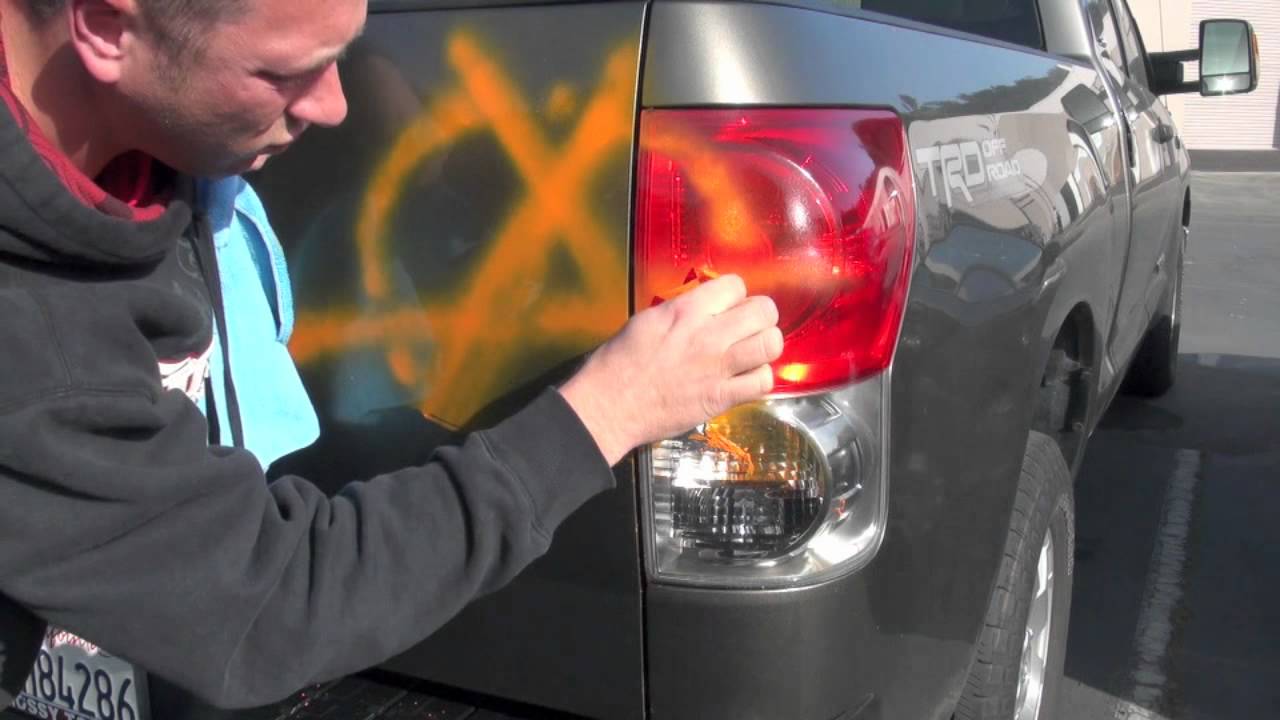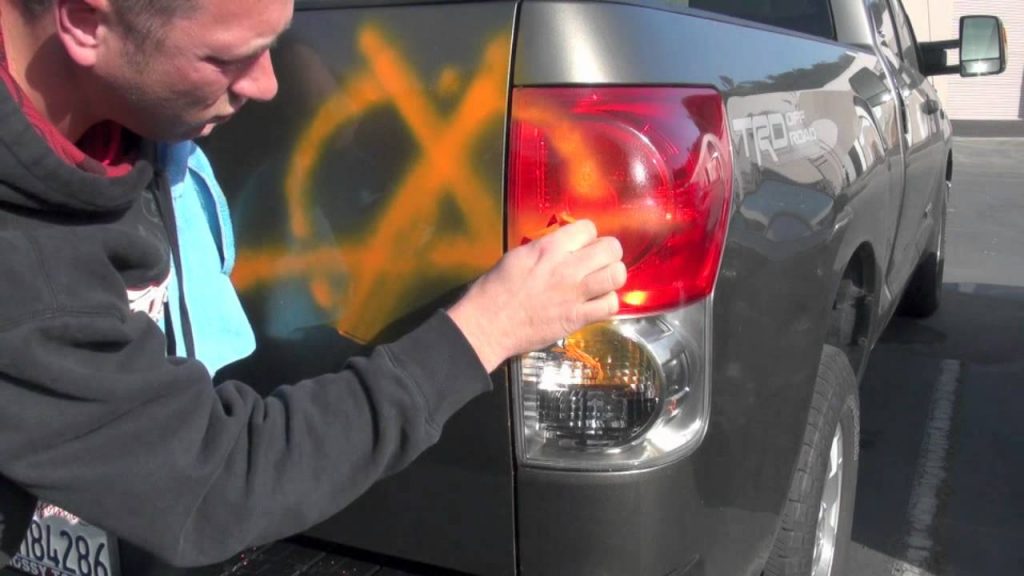It is the worst thing ever when you walk out and see that your car’s been defaced with spray paint. This issue needs immediate attention. The first thing you should do is get over your anger so that you can begin the paint removal. It’s very important to do it quickly because as the spray paint dries, it becomes far more difficult to remove with more common methods such as soap and water. But how to remove spray paint from a car?
If the spray paint damage is serious, it might need to be repaired by a professional, but it can still be done at home with complete DIY alternatives that can save you money. It is always beneficial to know how to remove spray paint from a car yourself. We will now look at different methods with which you will effectively and safely remove the spray paint from your car.

How to Remove Spray Paint From a Car
When it comes to questions about how to remove spray paint from a car, we have the following methods:
- Soap and water
- Non-acetone nail polish remover
- Lacquer thinner
- Rubbing compound
- Gasoline
- Clay bar
Soap and water
For this method, the materials that you’re going to need are a bucket, clean towels or rags, and a hose or bucket of clean water. This method depends on how quickly you notice the spray paint. Using soap and water is a very inexpensive way to have your car looking new again. Most spray paints take up to 24 hours to completely dry, so this method might be ineffective if you notice the paint after some time has passed.
Unless you saw when your car was being spray painted, then there is no definite way to know how much time has passed since it was sprayed. This also depends on the weather – if it’s sunny and warm, then the paint will dry faster, but if the paint seems noticeably wet and a bit comes off when you touch it, then this method may be able to work.
- Step 1 – mix water with soap. You should fill in a bucket of warm water and add soap to make a good mixture. Find a clean towel to use.
- Step 2 – scrub off the paint. Once you wet the cloth in the soap and water mixture, use circular motions as you scrub the paint from the edges inward. This will prevent the spray paint from smudging onto other parts of your car.
- Step 3 – Rinse often. Rinse off the cloth often to keep it clean. If the paint is being removed easily, then this means that the paint was applied recently.
- Step 4 – Wash. After removing the spray paint, wash the area again and dry it.
Related: How to Clean Car Windows
Non-acetone nail polish remover
The materials needed for this are a non-acetone nail polish remover and a clean cloth. Opt for a nail polish remover that doesn’t use acetone as an ingredient. These types of acetone nail polish removers tend to be gentler on your nails and on your car’s paint.
First, you should dab the nail polish remover on a clean cloth. After that, you rub the affected area in a circular motion from the outside inwards. You continue doing this until all the paint is gone. If the paint is becoming lighter, this means that the method is working. Last, wash the area with soap and water.
Lacquer thinner
The materials needed for this method are lacquer thinner and a clean cloth or towel. This solvent is more powerful, and there’s a risk that you might damage your car’s original paint. Lacquer thinner is a solvent used to dissolve resins that gather on wood finishes, which may also be effective in removing spray paint.
First, apply the thinner on a clean cloth and rub the area afterward. The paint should start to rub off. Always keep clean water handy if you see the solvent affecting the car’s original paint. It’s important to start with a small amount of this solvent so that you can avoid potential risks. Rub the paint vigorously until you see it being removed. Make sure to rinse the area with clean water afterward.
Rubbing compound
Materials needed: rubbing compound, clean cloth, and wax.
Rubbing compound can work great at removing paint but can also remove your car’s original color too if you’re not careful.
- Step 1 – Apply it to a cloth. Start scrubbing the spray paint from your car slowly. Immediately stop if you see the original paint getting damaged.
- Step 2 – Remove all the spray paint. Work slowly until all of the spray paint is removed.
- Step 3 – Wax the affected area. This will help restore your car’s shine and protect it from further incidents.
Gasoline
For this, you will need gasoline and a clean cloth.
Gasoline is quite effective when it comes to removing troublesome paint. But, just the same as nail polish remover, it can cause unwanted damage. However, it is easy to get and inexpensive.
First, you apply gasoline to a cloth and start to run the affected area. You should be cautious so as not to remove the car’s original paint. After you’re done rubbing the spray paint off, wash the area with soap and water.
Related: How to Remove House Paint From Car Body
Clay bar
For this method, you’ll need a clay bar kit. This is the safest and most effective way if you’re wondering how to remove spray paint from a car. Clay bars protect your car’s original paint. Even though they’re the most expensive way to remove spray paint, they work the best.
The kit includes the bar, a lubricant, and a microfiber towel. You can either buy it as a whole kit or separately.
- Step 1 – Mold the clay into a flat circular shape to increase the space it covers.
- Step 2 – Apply the lubricant to one side of the flattened bar.
- Step 3 – Clay your car. Rub it with the lubricated side facing down, pushing it firmly. You don’t have to use a lot of pressure to remove the paint.
- Step 4 – Wipe off your car with the excess lubricant and a clean towel.
- Step 5 – Wax your car to protect it from additional damage and to cover any small abrasions that the spray paint has caused.
We hope that we’ve helped you find a way to remove spray paint from your car. Remember, it’s always beneficial to wash and dry off your car at the end of the process. You may also choose to wax it to prevent any further incidents.


